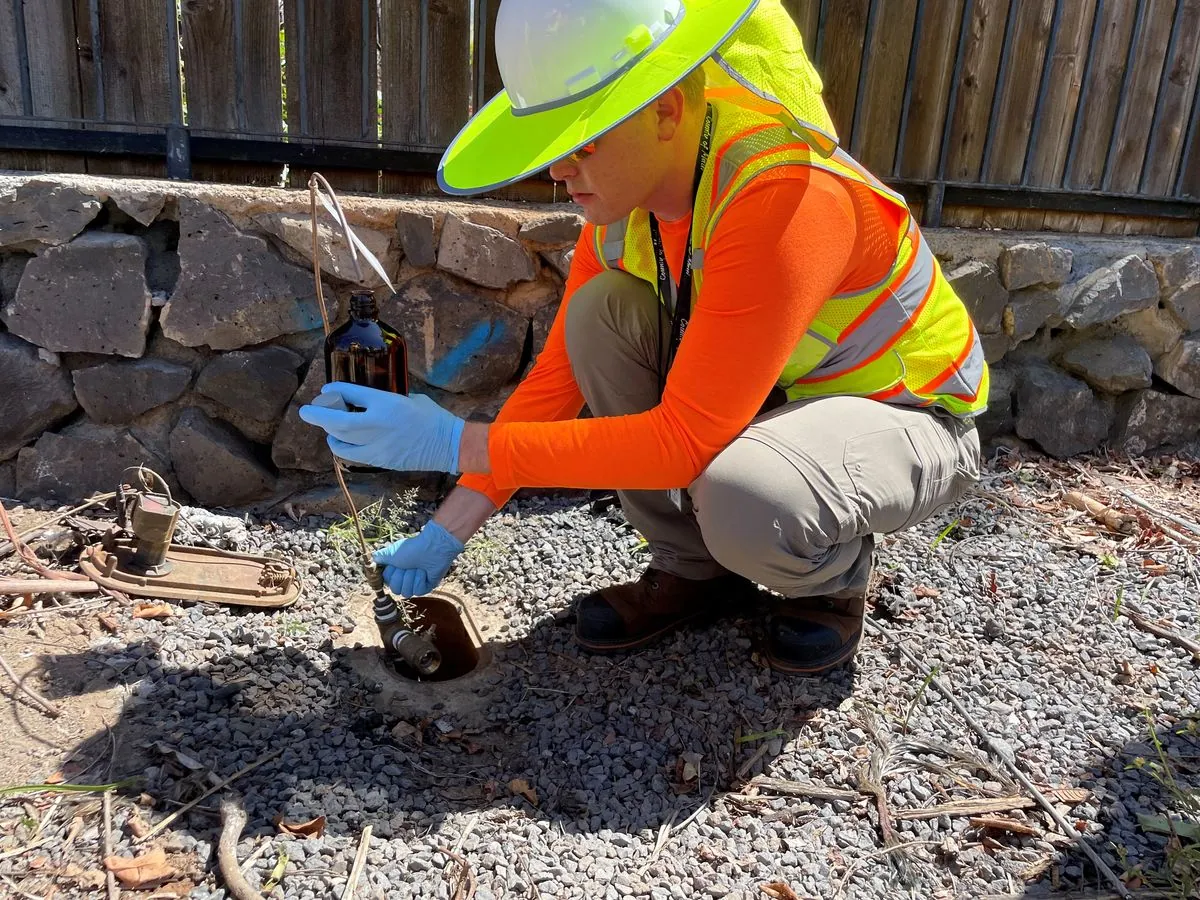Kula's Resilience: Community-Led Recovery After Maui Wildfire
One year after a devastating wildfire, Kula residents lead recovery efforts. From improved fire response to native forest restoration, the community showcases resilience and self-reliance in the face of disaster.

In the aftermath of the August 2023 wildfire that destroyed 19 homes in Kula, a rural neighborhood in Maui's Upcountry region, residents have demonstrated remarkable resilience and self-reliance. Their community-led recovery efforts serve as a model for disaster response and environmental stewardship.
Mark Ross, who lost a rental property in the fire, exemplifies the community's proactive approach. He and other residents received training from a retired firefighter on using standpipes, a crucial skill in areas lacking traditional fire hydrants. This initiative reflects the community's determination to be prepared for future emergencies.
"We're not going to wait for people to say it's OK for us to do things. The community is just going to take action to protect ourselves."
Ellison's nonprofit has been instrumental in organizing volunteers for debris clearance and installing advanced smoke detection cameras, a technology increasingly used for early wildfire detection. These efforts complement Hawaiian Electric's island-wide camera installation project.
The Kula community has also focused on addressing water system vulnerabilities. The Maui Department of Water Supply has taken steps to improve system resilience, including renting generators to maintain water pressure during power outages. However, residents like Scott Martin continue to vigilantly report issues, such as leaks, to ensure prompt repairs.

A significant aspect of Kula's recovery is the native forest restoration project led by the Kula Community Watershed Alliance. Sara Tekula, the alliance's executive director, is spearheading efforts to replant 100 acres with native species like koa, mamane, a'ali'i, and ohi'a. These plants, adapted to Maui's climate, will replace invasive species that contributed to fire risk.
The project has secured $1.6 million in funding and plans to begin planting in the winter of 2024-2025. This initiative not only aids in fire prevention but also contributes to water conservation, as native Hawaiian forests are more effective at capturing and retaining moisture than invasive species.
Joe Imhoff, an advisor to the restoration project, emphasizes the long-term commitment required: "In the face of climate change and ecological collapse, the time is now to take care of our back yards around the whole country."
As Kula approaches the one-year mark since the wildfire, its residents' efforts in community-led recovery, environmental restoration, and disaster preparedness serve as an inspiring example of resilience. Their proactive approach not only addresses immediate needs but also builds a stronger, more sustainable community for the future.


































